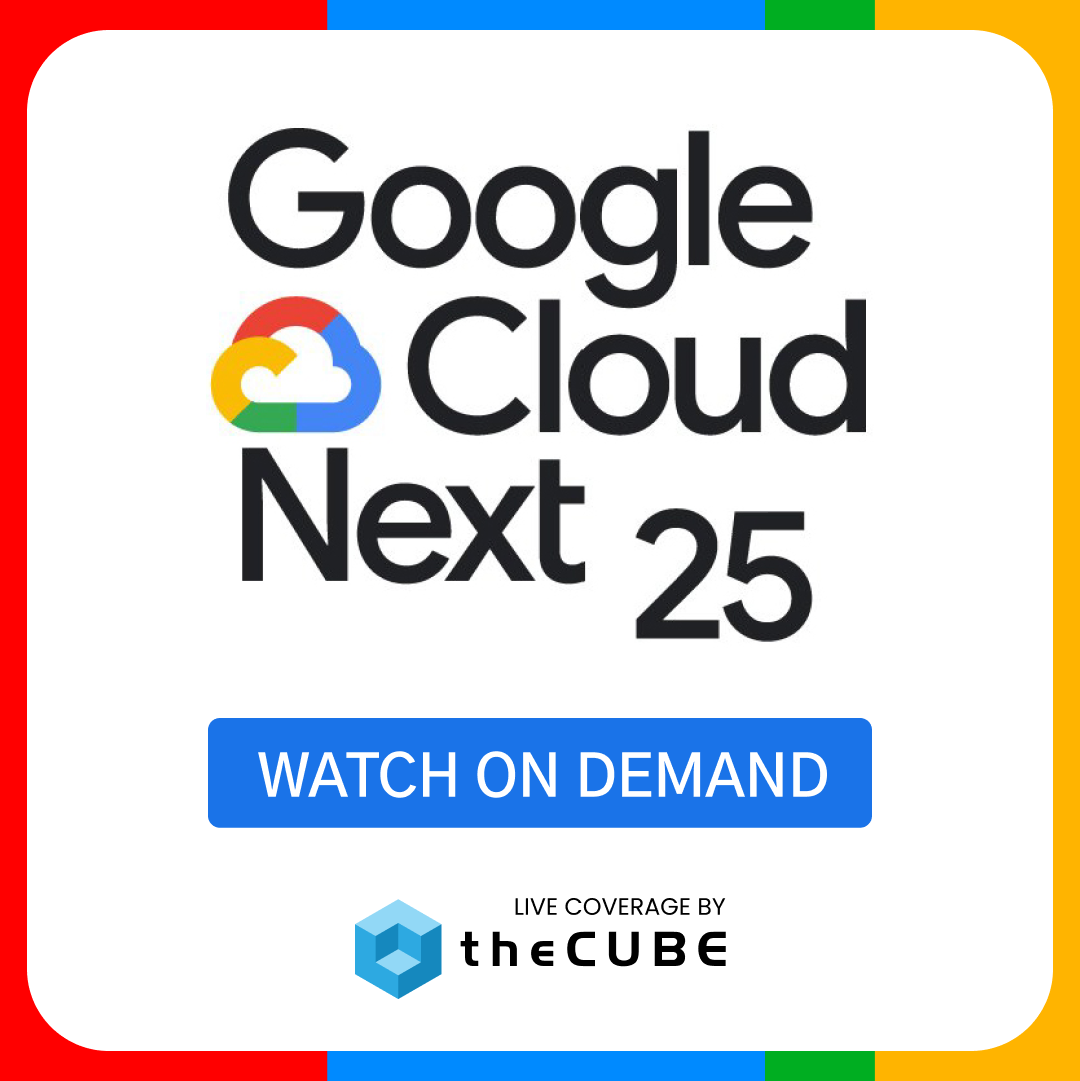Best of wearable tech in 2014: Diabetes drives innovation in smart health
It’s been one hell of a year for the wearable tech industry. We’ve seen the comeback of virtual reality glasses, the emergence of more smartwatches and smartglasses, not to mention the various trackers for health and fitness that come in different forms.
Let’s take a quick journey through 2014 to recap the best of wearable tech this year.
Google’s smart contact lense prototype
.
The dirty little secret of wearable tech revealed
Earlier this year ConnectedDevice CEO Henri-Nicholas Olivier revealed the dirty little secret of wearable technology: people aren’t keeping their wearable devices. A study by Endeavor Partners stated that one in ten Americans over the age of 18 own some form of wearable tech, but about half of them stop using the said device within three months.
The main reason for abandonment is the need to recharge the device almost on a daily basis. Now companies looking to get ahead are adding long battery lives to their smartwatches, such as the Cogito smartwatch which has a battery that lasts up to a year without needing to be charged.
.
Google’s smart contacts for diabetics granted patents
Insulin-dependent diabetics may soon have a prickless and pain-free future if Google’s smart contact lenses becomes commercially available, or at least be something doctors can prescribe. The smart contact lenses will have embedded sensors designed to interact with human tear fluid in order to determine a number of health-related factors including blood glucose levels.
.
Wearable sensor eliminates painful prick for blood glucose monitoring
Blood glucose monitoring has gotten a lot of attention this year and aside from Google’s smart contact lens, Abbott Diabetes Care Inc. has come up with a way to eliminate the pain when taking blood glucose readings, thanks to its FreeStyle Libre Flash Glucose Monitoring System.
The system is the size of a two Euro coin, and is packed with sensors that measure glucose every minute in the interstitial fluid via a small (5mm long, 0.4mm wide) filament inserted just under the skin and held in place with a small adhesive pad. If a blood glucose reading is required, a scanner is passed over the system to get a reading. The system can be worn for up to 14 days.
The QuitBit
.
Smart lighter helps smokers kick the habit
Starting a healthier lifestyle doesn’t just mean getting up and working out. Sometimes, it starts with kicking a bad habit such as smoking. In today’s connected and digital world, there’s a smart lighter called Quitbit that can help you quit if you really want to. Quitbit is a smart, rechargeable lighter that uses a heating coil to light up a cigarette.
Though it initially sounds like the device is promoting smoking, Quitbit actually tracks a person’s smoking habit so the user can see how many sticks he or she smokes in a day and how long since the last cigarette was lit. The Quitbit is smart enough to know if someone borrowed it, and can be tracked with an accompanying app to prevent misplacement or theft.
.
All-access medical app delivers prescriptions via smartwatch
Getting an appointment with your doctor can take days or even weeks, spurring patients to correspond with healthcare professionals without the hassle. This is where HealthTap Inc. comes in.
HealthTap is an end-to-end virtual care solution that’s available anytime via smartphone, tablet or wearable smartwatch that offers immediate access to physicians who will give expert medical advice. HealthTap can even be used to get prescription medications delivered at home or for pharmacy pick up. It costs $99/month and provides access 24/7 to live, Virtual Consults with doctors via HD video, audio, and chat.
.
While we wait for Apple’s iWatch, wearable tech progresses
Beneufit Inc. has a smart system that includes an app and wireless sensors to help those diagnosed with Parkinson’s disease better manage their condition. Called the pdFIT, the kit features wireless sensors for heart rate and cycling cadence, and an app that helps coach people so they can perform scientifically-validated exercise protocols that have been shown to be associated to reduce symptoms of the disease as well as delay its progression.
The smartphone app delivers real-time feedback, but users can also see their progress via the web-accessible Beneufit Dashboard, which stores workouts and analyzes performance metrics for each session.
![]()
.
Rapist-detecting nail polish keeps partygoers safe
Though this nail polish doesn’t connect to the Internet, it deserves a mention for being an ingenious innovation that has the potential to save lives. Called Undercover Colors, this polish is the brainchild four undergraduates at NC State University.
Undercover Colors is a nail polish designed to change color when it comes in contact with date rape drugs such as Rohypnol (roofies) or GHB (G-juice). The wearer can simply stick their finger into their drink and wait if the nail polish changes color. Though it seems a bit unhygienic, it still beats being a victim of rape just for drinking your favorite cocktail in a bar.
.
Trading personal data for cheap rates: The future of health trackers and insurance
Seventy-five percent of U.S. adults are not interested in purchasing or owning a fitness tracker, according to a survey conducted by TechnologyAdvice LLC. The main deterrent to owning one has been determined as cost of device, but almost half of these uninterested adults are willing to get one if it meant lowering the cost of insurance premiums and getting better healthcare advice from their physician.
.
Catch a case of Google Glass addiction, like this guy
The first ever case of addiction to Google Glass was published in the professional journal Addictive Behavior this year, despite the device not yet being commercially available to consumers.
The paper described how a 31-year old Navy employee exhibited problematic use of Google Glass, which includes dependence on the device, showing signs of frustration and irritation when not permitted to wear Google Glass, formation of habits such as tapping the right temple even when not wearing the device, and poor short term memory.
The Navy employee underwent a 35-day residential treatment and showed improvements such as reduction in irritability, reduction in motor movements to turn on the device, improved short-term memory, and clarity of thought process.
![]()
.
Wearable tech market will see significant growth in three years
The wearable tech market is relatively young compared to other technologies out in the market. At present, most devices are either in the prototyping stage or still a concept. Even for those products available to consumers, there are often kinks to work out.
Despite the obstacles in making wearable tech a commercially profitable market, it’s predicted that wearable tech will show significant growth by 2018. Cisco Systems Inc. released its Visual Networking Index (VNI) Global Mobile Data Traffic Forecast 2013 – 2018 report earlier this year, which stated that there will be 177 million wearable devices by 2018, a significant increase from the 22 million wearable devices in 2013. Because of this growth, traffic from wearable devices will account for 0.4 percent of total mobile data by 2018, an increase of 0.3 percent from the mobile data traffic on 2013.
Juniper Research Ltd. echoed the same sentiment in its report, which outlined three forecast scenarios regarding the future of wearable tech. The first scenario, Incremental Innovation, describes how the smart fitness market continues to grow at a fast rate, resulting in a slow adoption by consumers. The second scenario, Early Exposure, tackles releases across 2014-2016, as well as the entry of new players into the market, generating the buzz to temporarily accelerate growth rates. And the third scenario, Key Case, envisions the upcoming releases driving fitness tracking into the general consumer consciousness for sustained high levels of growth.
photos by Lelê Breveglieri and Robert Scoble via photopin cc
A message from John Furrier, co-founder of SiliconANGLE:
Your vote of support is important to us and it helps us keep the content FREE.
One click below supports our mission to provide free, deep, and relevant content.
Join our community on YouTube
Join the community that includes more than 15,000 #CubeAlumni experts, including Amazon.com CEO Andy Jassy, Dell Technologies founder and CEO Michael Dell, Intel CEO Pat Gelsinger, and many more luminaries and experts.
THANK YOU

















